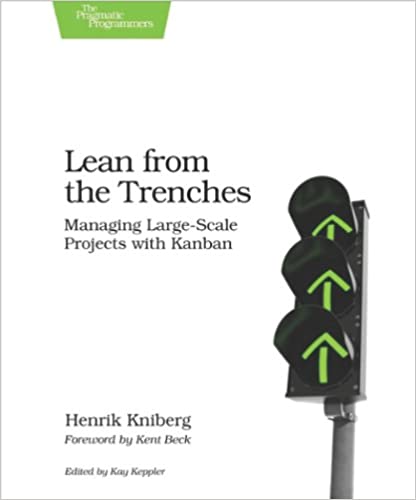Your support helps keep the site running! We recommend books and products we believe in. Some of the links on this page are affiliate links, which means we may earn a commission if you purchase through these links. Read our affiliate disclosure.
Real life examples are always crucial in understanding as they can translate abstract theoretical concepts into things we can relate to from our experience. Anyone looking from above the whole Agile concept and its techniques or methodologies may seem lost. I know I felt lost when I first begun reading about the agile mindset. And while zooming in and reading specific frameworks like Scrum and Kanban is very useful, it is most interesting to get real life examples for the whole time span.
The book I recently read, “Lean from the Trenches by Henrik Kniberg” does exactly that, offers a captivating actual example.
Who is Henrik Kniberg?
First things first, Kniberg is a popular keynote speaker at conferences worldwide. He has an excellent knowledge about Agile and he is super-good at his work.
Kniberg loves to work on matters like how to write better code, creating software development teams and leading. He is an expert in process improvement, Systems Thinking, Theory of Constraints, Lean thinking, Kanban, Scrum and XP. He works at Spotify and he has revolutionized Spotify’s engineering culture.
What will I learn from Lean from the Trenches?
Kniberg takes the whole Kanban concept and implements it on a complex Public organization. He demonstrates how agile principles are being used in a 60-person project of a software development team (Swedish police).
The important thing to note is not the mere fact they are using Scrum and Kanban, but the way they adapt them into their job context.
A review – the good and the bad
The book has two major parts. The actual case study and some extra info for the readers.
The first part is the most interesting, presenting the use of agile techniques and the way this process is still changing and optimized. Reading the story provokes you to think how you could use it in your own work. Other than the technicalities of the actual Kanban board and process, the main thing that the reader should take in is the notion of “people mindset”.
Without people mentality being receptive to change and trust the whole thing wouldn’t work. From the upper manager to the developer and even the end-user.
The book itself is short and you can read it in a heartbeat. Do not expect too much explanation on the different methodologies mentioned.
Should I read the book?
Consider the book as a case study of a real project. If you begin reading with that in mind, you will get many valuable lessons. Kniberg is such a good writer that while reading the book you get the feeling you belong to the project and the development teams in the case study.
I learned stuff and enjoyed reading this book. It is a must read.


